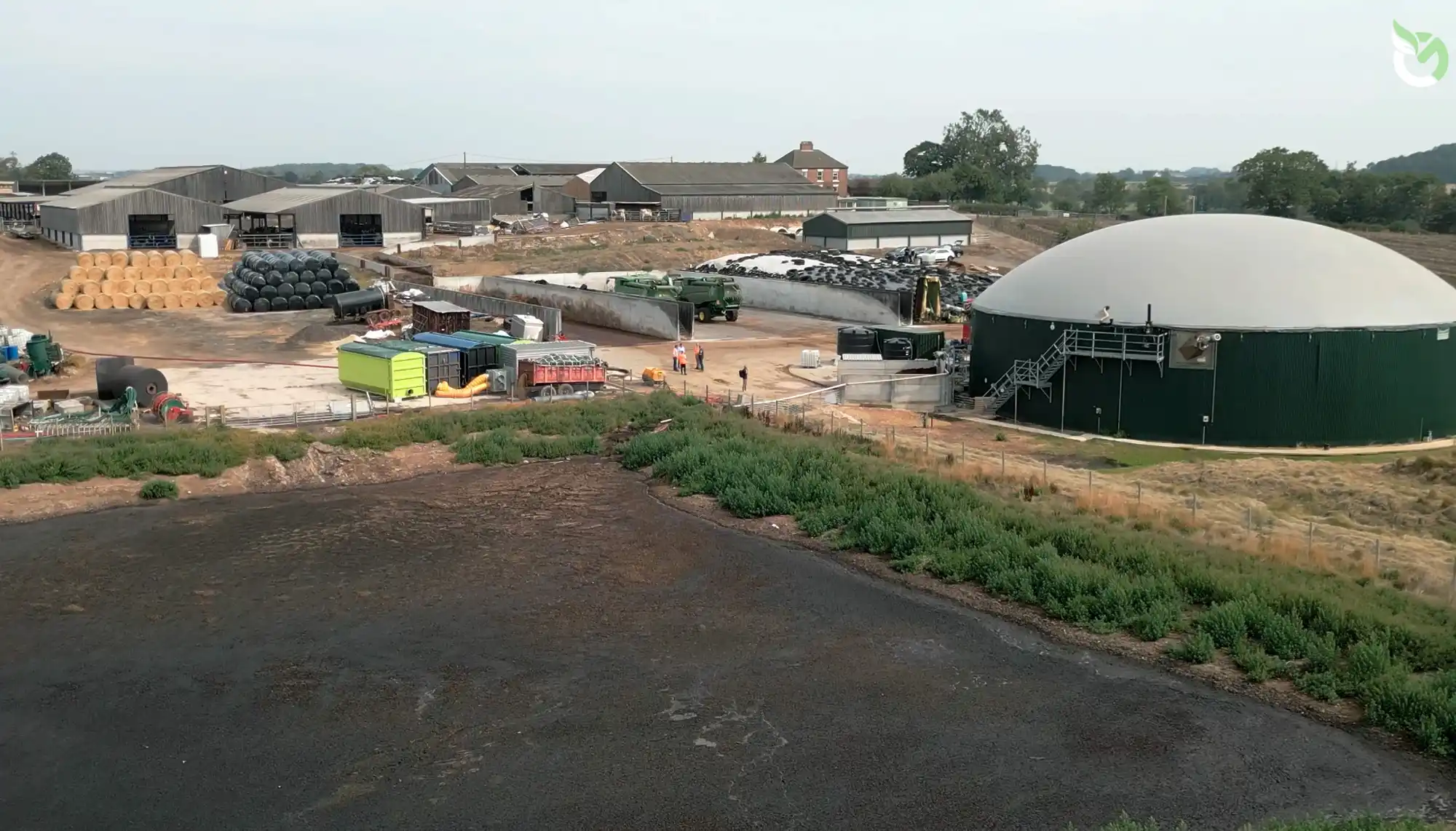Our COP27 Preview - what we are hoping to see in Egypt
With the world distracted by war and economic troubles, here are the key developments we are hoping to see to keep the fight alive.

Project successes
Michael Douglas, MD, and Michael Tye, Senior Carbon Consultant at Onnu
What's happened since last year?
The motto of last year’s COP26 in Glasgow was “Keep 1.5 alive”, a reference to the fast fading hope that global rise in temperature could be limited to 1.5C. Countries were asked to bring ambitious commitments to limit emissions, but as demonstrated by the tears of Alok Sharma, the COP26 President, in his closing remarks, what was promised was widely deemed as dangerously insufficient. With climate scientists estimating they really mean close to a 3C rise, current commitment levels could take us well beyond what is considered a catastrophe.
The hope was that this year’s COP27 would be the opportunity for these commitments to step up a gear and speed up the journey to Net Zero, but what a year we’ve had.
On the one hand, much of the world was shown a stark reminder of the immediacy of the threats we face with a record European heatwave, droughts in China and floods in Brazil. But with a raging energy crisis and recession looming in much of the rich world, government coffers are stretched, and crucially, the political discourse is focused on other pressing matters. Rishi Sunak, the new UK Prime Minister’s initial decision not to attend at all, shows just how far priorities have moved, although at the time of writing, he is suggesting it will be reversed.
So, if we have missed 1.5C, what happens now?
The Met Office projects a 48% chance we’ll hit a 1.5C rise within the next 5 years, but as a single year, that is not the same as missing the target completely. And in climate terms every fraction of a degree counts, so landing on 1.8C rather than say, 2C is a crucial difference, and a reason not to give up.
If we do overshoot the target, then more would need to be done to reduce the global temperature and pull it back. This can only be achieved with CCUS technology (Carbon Capture Utilisation and Storage), a subject close to our hearts with pyrolysis being the best example of CCUS technology that is proven and ready to scale.
What are we hoping to see at COP27?
Pyrolysis as CCUS
Quite honestly, it will be good progress for this even to get a mention. But the validation since COP26 by leading regulatory bodies of the pyrolysis process and biochar production as a long-term carbon sequestration method means it is getting more attention. And with recognition comes investment, publicity and interest which can all serve to elevate the technology to be deployed at scale to genuinely move the needle in the right direction.
Commitment to no new fossil fuels
Energy shortages and resultant price rises have made the exploitation of new oil and gas fields, fracking, and worst of all, coal, economically viable and led many countries, the UK included, to issue more permits in a bid to increase energy security. This is plainly a terrible idea, as while painful, a high price is very effective at reducing demand and increasing efficiency. The focus should be on renewables to decrease energy imports.
An agreement on ‘Loss and Damage’
This term refers to the responsibility that developed nations have for producing the lion’s share of historic emissions, and to financially assist poorer countries, often at the greatest risk from climate change, in their own decarbonisation and resilience.
At Cop26, rich countries were supposed to fulfil a longstanding promise, made in 2009, to provide $100bn a year in climate finance to the developing world from 2020 but the actual amounts provided are still falling well short.
With developed countries facing grave financial challenges of their own, and the summit being held in Africa, this issue has the potential to dominate and worse, derail the summit as a whole and take valuable focus away from emissions.
Further development of carbon credit markets
With COP27 set to focus on Loss and Damage under Article 8 of the Paris Agreement, it is unlikely that the voluntary carbon market outlined in Article 6 will receive the same level of media attention that it did at COP26. Nonetheless, we hope significant progress is made in relation to Article 6.2 and 6.4.12. in particular. It is expected that negotiations will focus on the following issues:
- We welcome the prospect of emissions avoidance counting as carbon credits, but at the same time want carbon removal to be identified as superior so additional value can be attached.
- Ironing out the problems of double counting with ITMOs (Internationally Transferred Mitigation Outcomes) transactions.
- A strict approach to the CDM legacy. Poor quality older carbon credits are undermining confidence in the system and a tight approach to this will help the industry.
We will be tracking these discussions over the course of the summit and reporting any progress in these critical areas. Watch this space!



